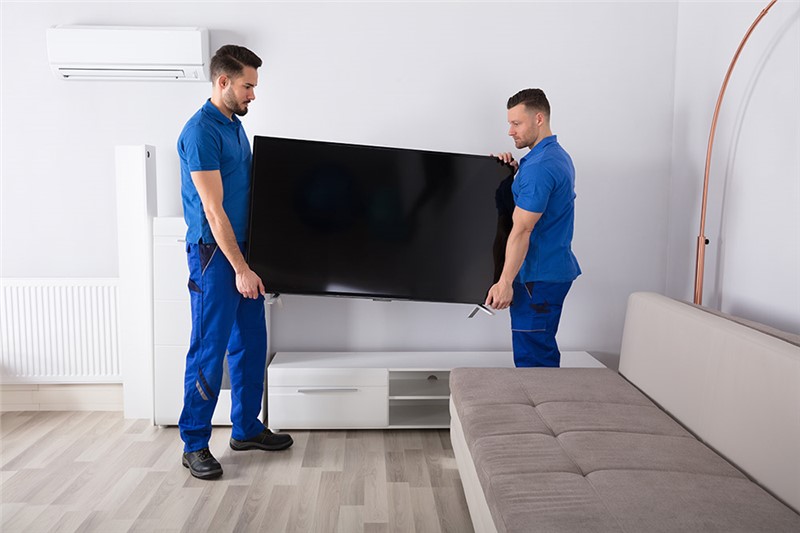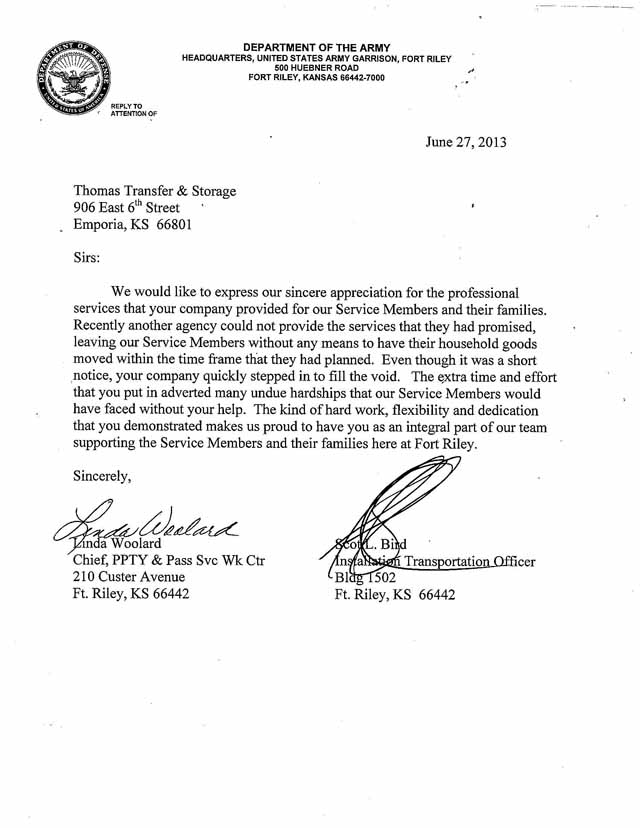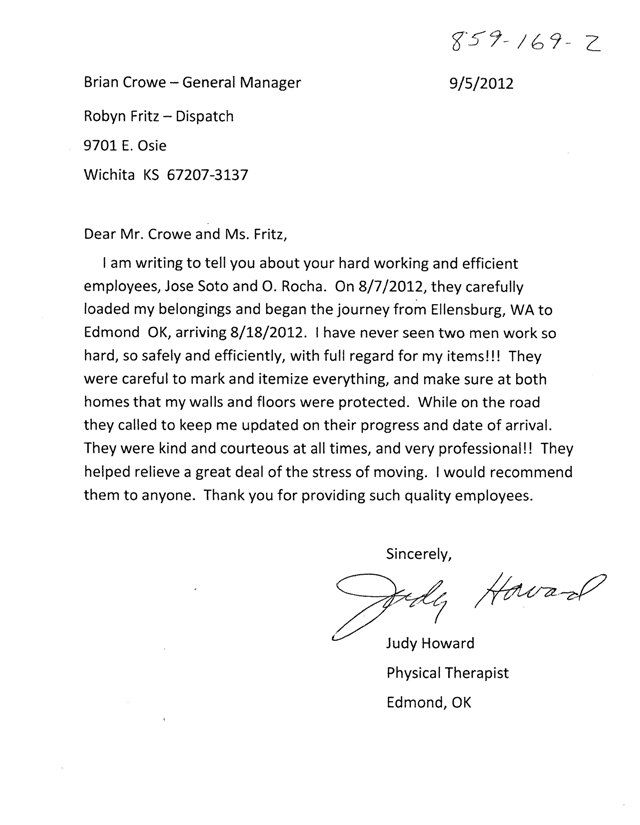
1. Gather the Right Packing Materials
The first step towards a safe relocation of your large and fragile items is to gather the right packing materials. Here is a basic list of moving materials that you will need:
Cardboard Boxes of Appropriate Size
Moving Blankets / Furniture Pads
Bubble Sheets
Padded Wrapping Paper
Plastic Stretch Wrapping
Heavy Duty Packaging Tape
A Hand Truck / Dolly
2. Use a Generous Amount of Cushioning
Don’t skimp when it comes to protecting your fragile items. The more padding you can manage to provide, the better—so long as your item doesn’t become overly weighted down by packing materials. Use good judgment and make sure that your belongings are covered to ensure protection against bumps, dropping, and abrasions.
For example, when moving a television, you can protect the screen by placing a layer of bubble sheet over the screen, secured with plastic wrap. Then, wrap the TV in a moving blanket for even more protection.
3. Prevent Jostling in Transit
If you are using moving boxes, make sure that there are no gaps left within the box after your item is placed inside. You can do this by using the right size box for your item and filling in gaps with packing paper or packing peanuts.
When loading your boxed or wrapped item onto the moving van or truck, make sure that the item is secured to prevent jostling or toppling over in transit. Do not stack heavy items on top of your fragile items.
For example, when moving large mirrors or artwork, place the item in an upright, vertical position—never flat and face down or face up—and position larger items on either side to prevent moving or falling.
4. Take Extra Precautions
Proper packing and loading procedures go a long way towards keeping your items safe during relocation, but there’s more that you can do. Here are some extra steps you can take to protect yourself from damage and loss:
Document the pre-move condition of your items with pictures.
Create a detailed inventory of all household items being relocated.
Purchase full value coverage. Movers offer basic coverage, but this only provides compensation that is based on weight, not value.
If you are using storage during your move, make sure the facility is climate-controlled and monitored.
5. Hire Professional Movers
There’s nothing wrong with a DIY move, but sometimes it’s better to hire professionals. For residential movers in Wichita that provide full-service packing, custom crating, storage, delivery, and more, contact us at Thomas Transfer & Storage.
To learn about what our Wichita long-distance movers can do for you, give us a call today or use our online form. We will be happy to provide you with the exact relocation solution you need at an honest price, so you can move simply and safely!Subscribe to Thomas Transfer & Storage's Blog







Comments